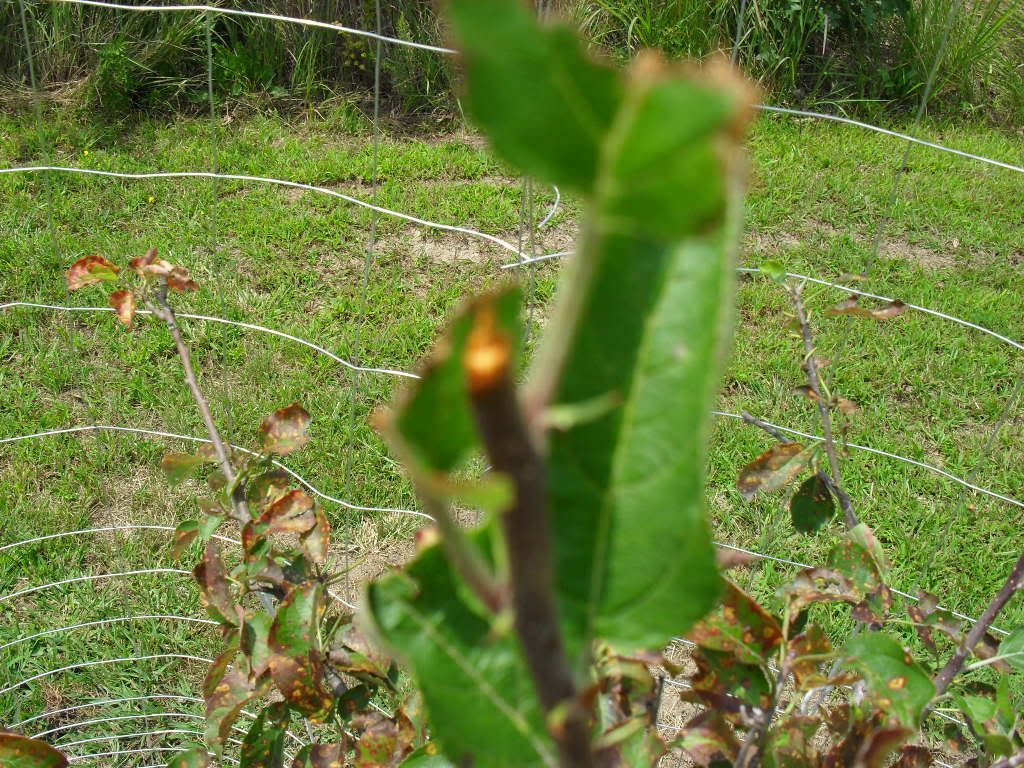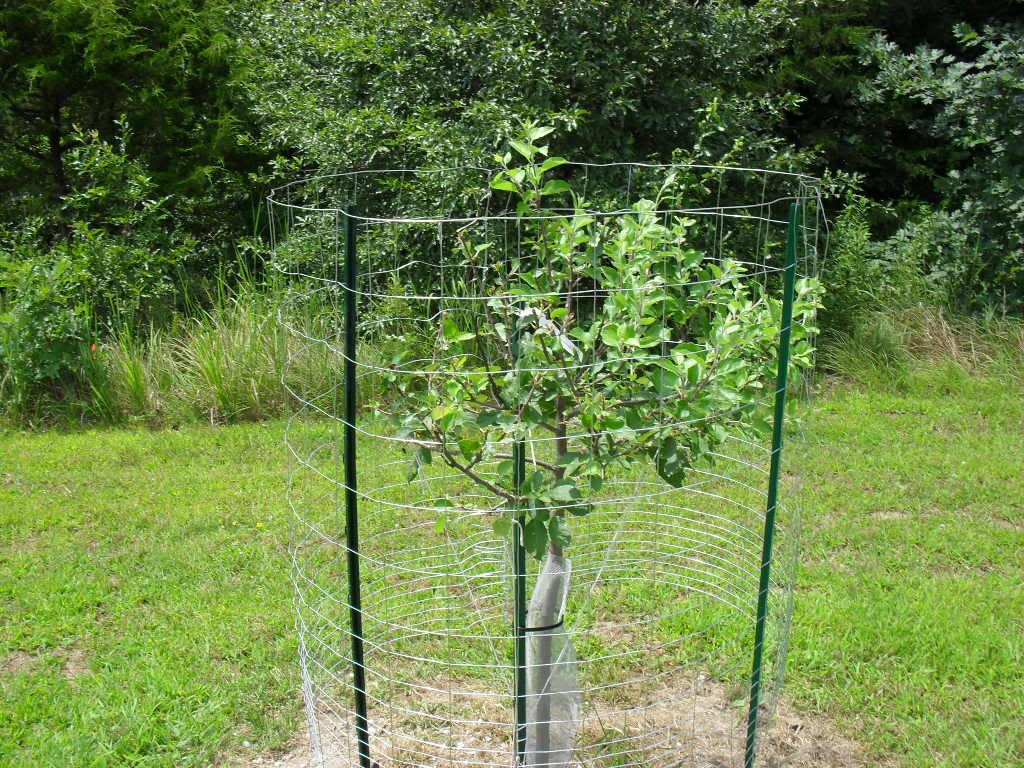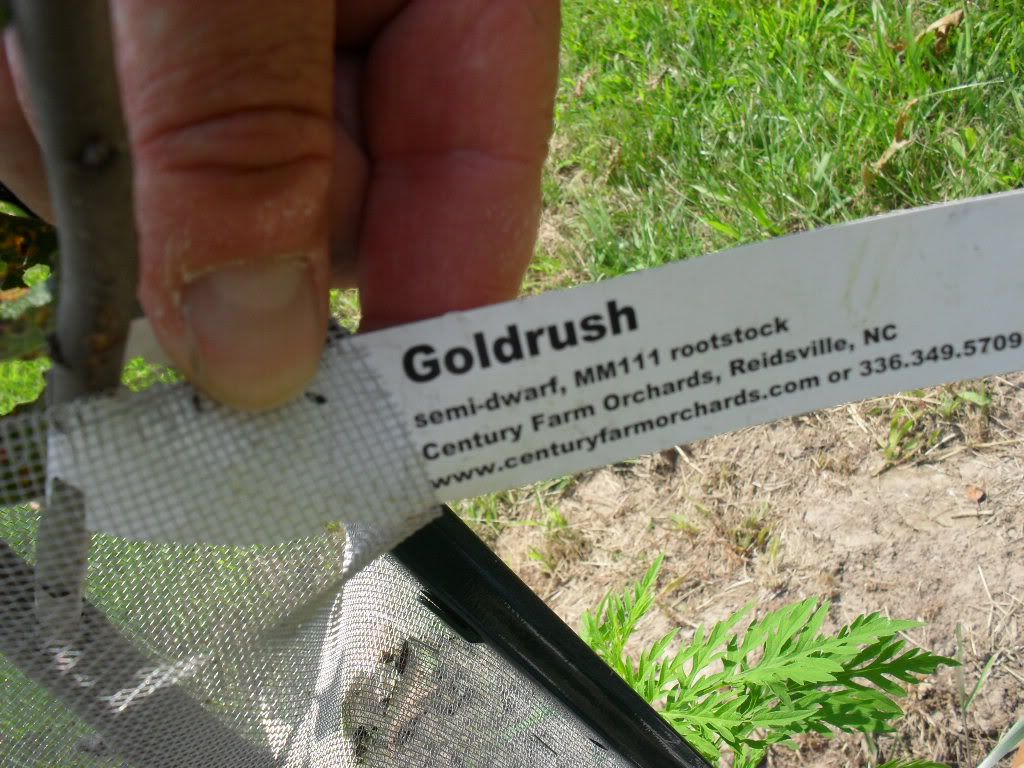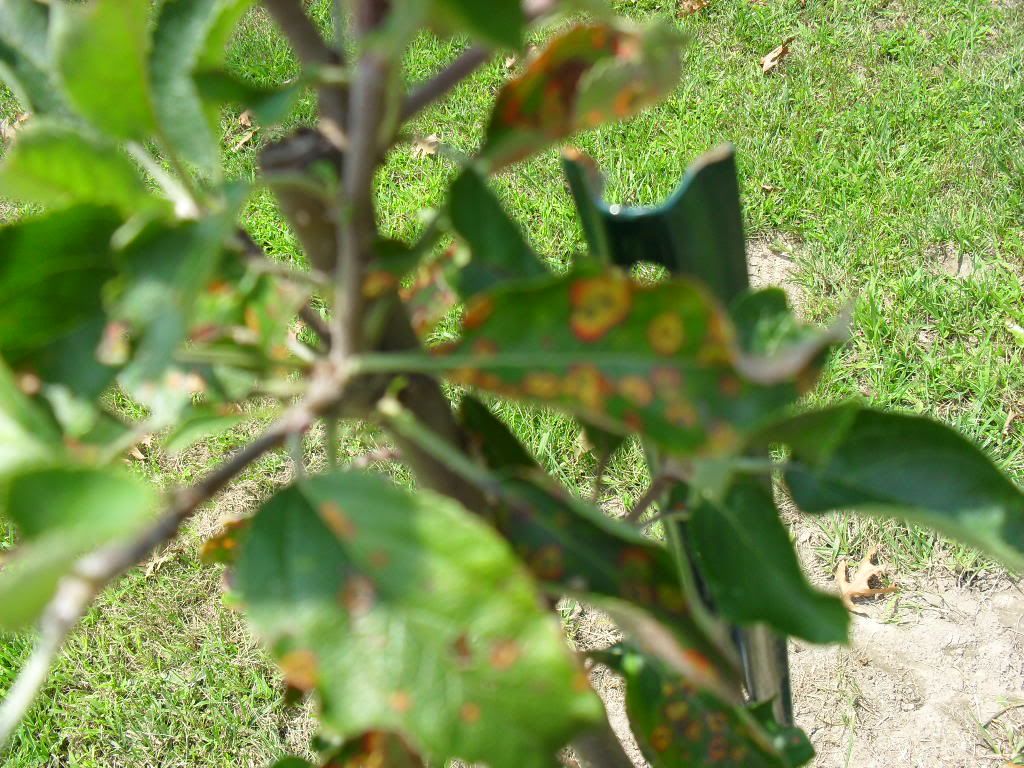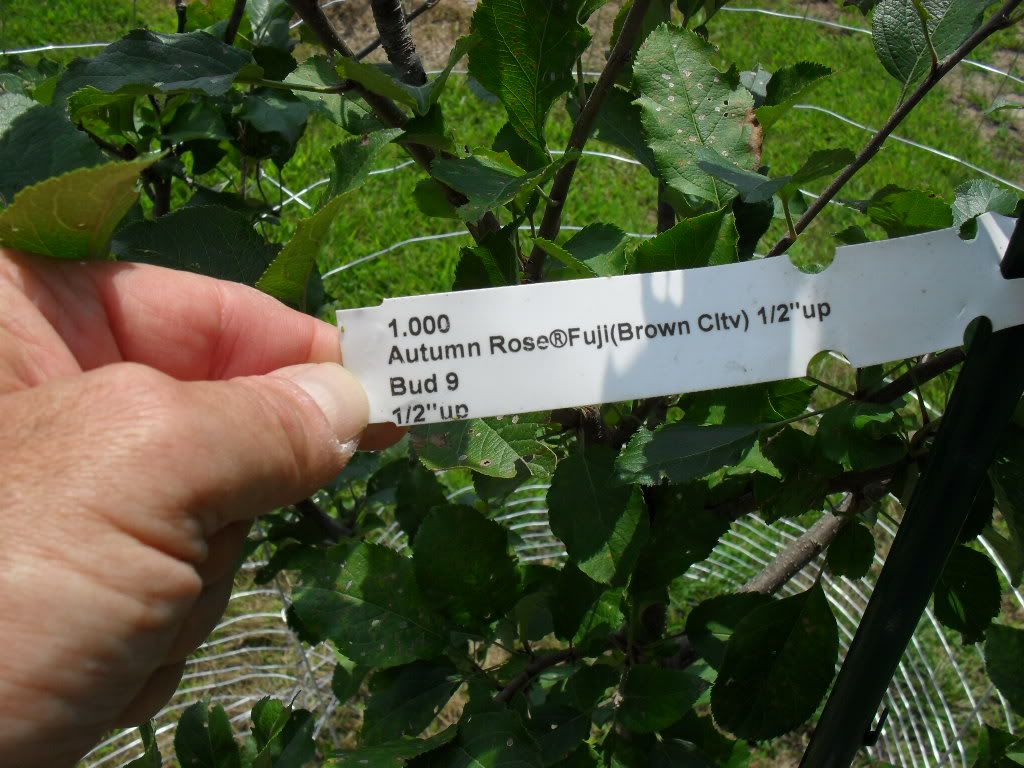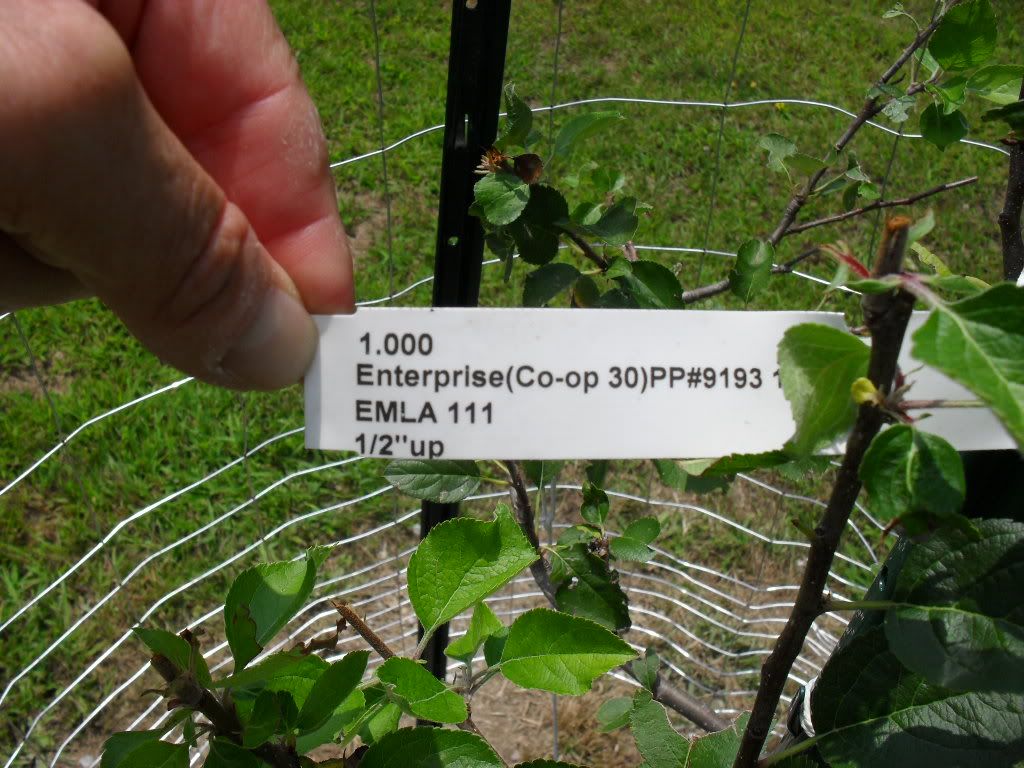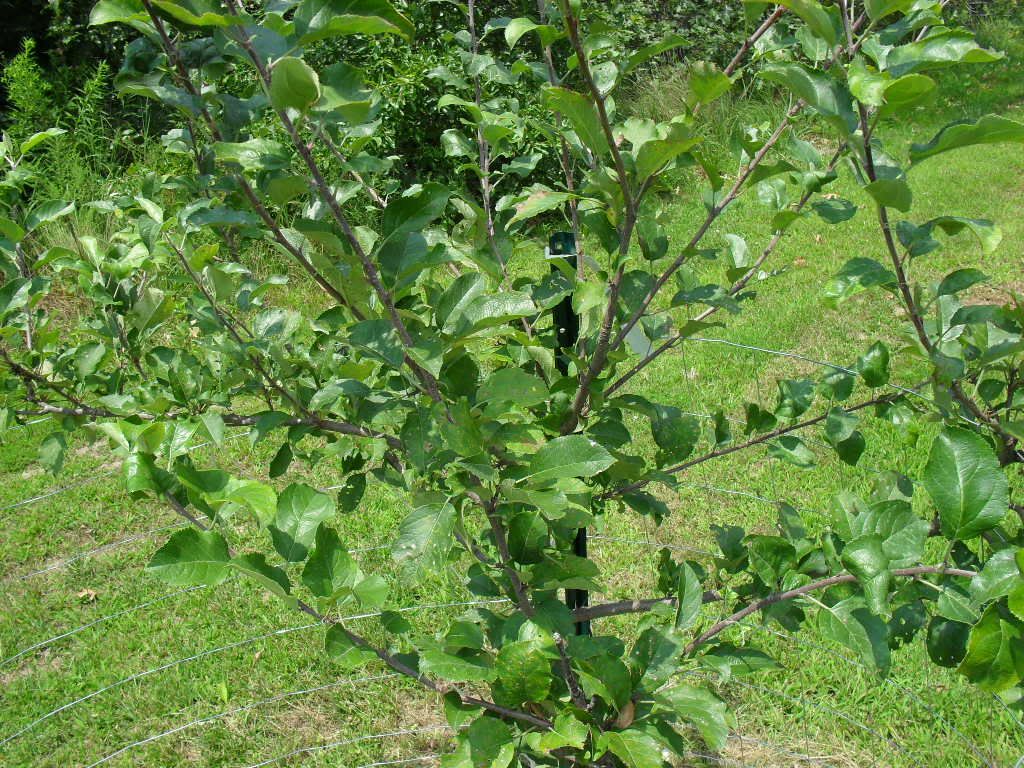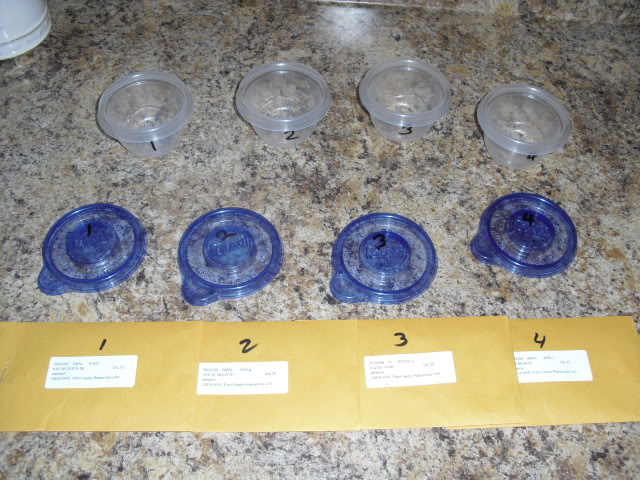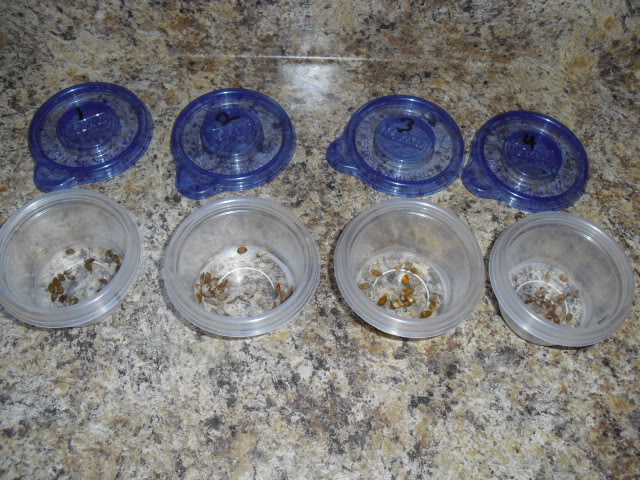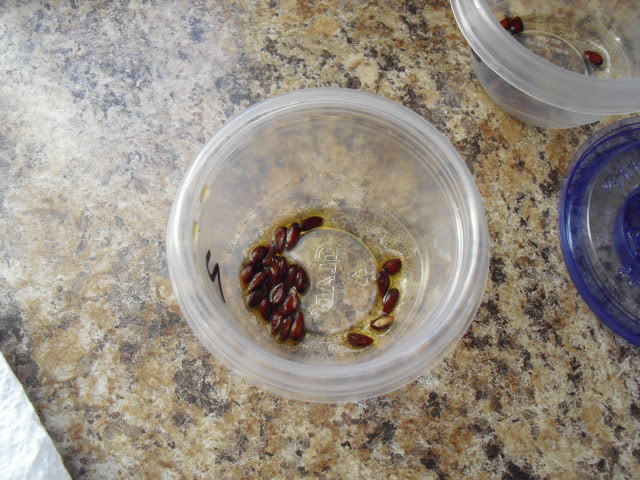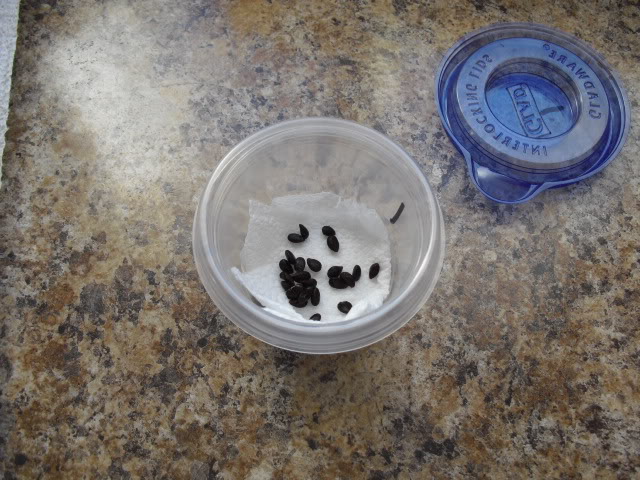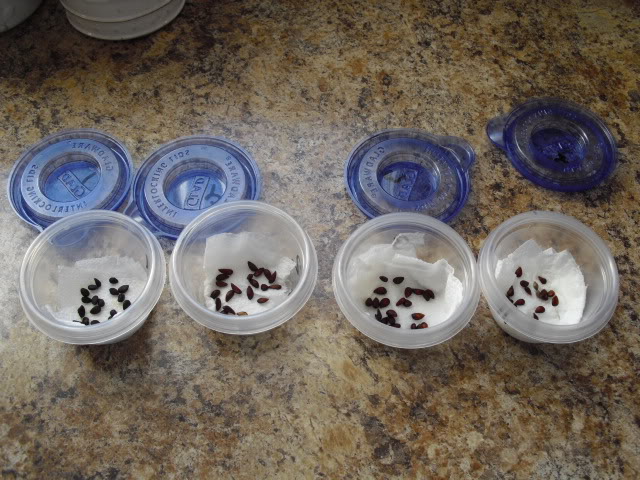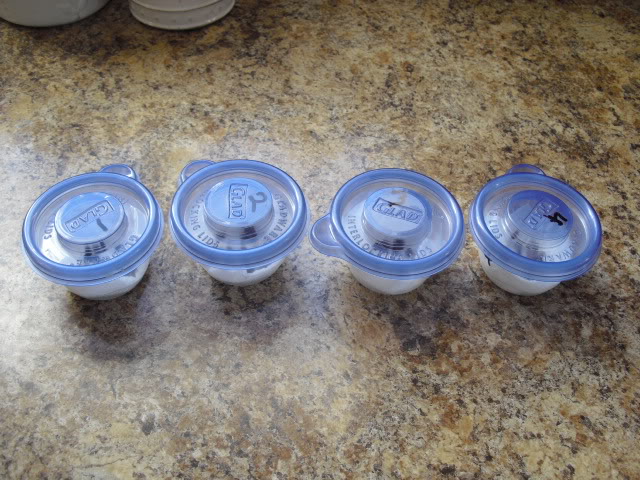chokepoint
New Member
Kazak apples
I haven't read through all of this thread but I skimmed it for references to Kazak apples and didn't see any. I read about Kazak apples in M. Pollan's book ' The Botany of Desire'. Well worth reading. It describes how apples are our most genetically limited crop and require huge inputs of pesticide to grow commercial apples. Therefore if you are looking to use apples for wildlife you may want to consider using Kazak apples as an alternative. It would aid in getting new genes into current "native" wild apples and help the research as well. Here is a response from Forsline below that may be of interest.
Here is the form letter re your request for seeds. I will wait to hear from you to confirm your interest in receiving seeds....Phil
Philip L. Forsline
Research Leader/Location Coordinator
Horticulturist/Curator for Fruit Crops
USDA, ARS, Plant Genetic Resources Unit
630 W. North Street
Geneva, NY 14456-0462
Phone: 315-787-2390, FAX: -2339
Cell: 315-521-9933
e-mail: Philip.Forsline@ars.usda.gov
http://www.ars.usda.gov/main/site_main.htm?modecode=19100500
Thank you for your email(letter) re the discussion of Kazak apples in M. Pollan's book ' The Botany of Desire'. I am enclosing via an e-mail format, a generic letter that I send to people with inquiries about our program. Re Kazak apple seeds/trees, we do not have trees available to send out. We can send a small seed lot that you will need to germinate (see the section at the end of this message from our Procedures manual on how that is done). Original seed from Kazakstan is reserved for use by scientists doing genetic research. However I can supply open-pollinated (O.P.) seed from our grow-outs which are in a somewhat isolated area and these would be a blend of all genes from many sites in Kazakstan. This site contains over 1000 trees of Malus sieversii and most of those trees will have fruited by fall 2007.
I have been receiving many requests like yours: This is how I have handled each request:
Fruits from the grow-out site were collected in fall 2001, 2002, and 2003, 2004, 2005, 2006 and we extracted seeds. I have sent about 100 seeds per requester (open-pollinated) from at least 4 different mother trees that represent diverse ecosystems in Kazakstan, to over 250 requesters like yourself. With the new season (2007), we will collect additional seeds from the Kazakh apples. Therefore, for those requests coming in now through 2007 and early 2008, this is what I recommend: From the pool of seed that we collect in fall 2007 from this same site, I will start filling requests for more of the open-pollinated Kazakhstan apple seed. We will start sending seed orders toward the end of October, 2007. You will need to stratify the seeds for 3-4 months (see procedure below): Start the stratification process in November/December 2007; start seedlings indoors in early spring, and plant in the field Spring 2008.
If you are interested, I will send your order in fall/winter 2006/2007. Please contact me if you are interested in the above scenario. I will need your mailing address.
Sincerely,
Phil Forsline
Guidelines for Malus Seed Germination
1) Wash and disinfect all containers to be used for chilling or germination and disinfect the working surface on which the seeds are handled.
2) Soak individual seed lots in separate containers, for a minimum of 24 hours to a maximum of 48 hours in regular tap water. Start the soak in the a.m.; Change the water every 2-3 hours to remove any possible growth inhibitors. You will not need to change water for the overnight soak. Label containers with appropriate identification and handle carefully to avoid misidentification.
3) Distribute seed evenly on saturated but not dripping wet blotter paper or paper towels, shake off any excess water. Place germination containers in the dark at 1.5oC (34oF) (regular kitchen refrigerator works fine at 38°F to 42°F) for a minimum of 90 days. Check on seeds once a week, changing paper every two weeks.
4) As needed, surface disinfect each seed lot in 10% chlorox for two minutes, followed by a thorough rinse in running tap water. After 60 or more days, the radicle (white root that starts to emerge from the base of the seed) begins to emerge; then discontinue the use of all surface disinfectants so as not to burn the root-tip.
5) Therefore after about 60-110 days of chilling as you see a few of the seeds in each seed lot showing radicles, place seeds at 10oC (50oF) (or cool room ~ 60oF is fine) for 2-5 days to promote full germination of the seed lot. If some of the seed still appears viable continue to hold the seed at 100C until you see radicle emerge and then plant.
6) When radicles have emerged, carefully plant pre-germinated seed in 4" plastic pots with Cornell mix (commercial potting mix). When planting the seeds with the white radicles, take extra care in not damaging the young radicle (1st root) tip. Grow seedling to 6-7 true leaves and transplant to nursery.
I haven't read through all of this thread but I skimmed it for references to Kazak apples and didn't see any. I read about Kazak apples in M. Pollan's book ' The Botany of Desire'. Well worth reading. It describes how apples are our most genetically limited crop and require huge inputs of pesticide to grow commercial apples. Therefore if you are looking to use apples for wildlife you may want to consider using Kazak apples as an alternative. It would aid in getting new genes into current "native" wild apples and help the research as well. Here is a response from Forsline below that may be of interest.
Here is the form letter re your request for seeds. I will wait to hear from you to confirm your interest in receiving seeds....Phil
Philip L. Forsline
Research Leader/Location Coordinator
Horticulturist/Curator for Fruit Crops
USDA, ARS, Plant Genetic Resources Unit
630 W. North Street
Geneva, NY 14456-0462
Phone: 315-787-2390, FAX: -2339
Cell: 315-521-9933
e-mail: Philip.Forsline@ars.usda.gov
http://www.ars.usda.gov/main/site_main.htm?modecode=19100500
Thank you for your email(letter) re the discussion of Kazak apples in M. Pollan's book ' The Botany of Desire'. I am enclosing via an e-mail format, a generic letter that I send to people with inquiries about our program. Re Kazak apple seeds/trees, we do not have trees available to send out. We can send a small seed lot that you will need to germinate (see the section at the end of this message from our Procedures manual on how that is done). Original seed from Kazakstan is reserved for use by scientists doing genetic research. However I can supply open-pollinated (O.P.) seed from our grow-outs which are in a somewhat isolated area and these would be a blend of all genes from many sites in Kazakstan. This site contains over 1000 trees of Malus sieversii and most of those trees will have fruited by fall 2007.
I have been receiving many requests like yours: This is how I have handled each request:
Fruits from the grow-out site were collected in fall 2001, 2002, and 2003, 2004, 2005, 2006 and we extracted seeds. I have sent about 100 seeds per requester (open-pollinated) from at least 4 different mother trees that represent diverse ecosystems in Kazakstan, to over 250 requesters like yourself. With the new season (2007), we will collect additional seeds from the Kazakh apples. Therefore, for those requests coming in now through 2007 and early 2008, this is what I recommend: From the pool of seed that we collect in fall 2007 from this same site, I will start filling requests for more of the open-pollinated Kazakhstan apple seed. We will start sending seed orders toward the end of October, 2007. You will need to stratify the seeds for 3-4 months (see procedure below): Start the stratification process in November/December 2007; start seedlings indoors in early spring, and plant in the field Spring 2008.
If you are interested, I will send your order in fall/winter 2006/2007. Please contact me if you are interested in the above scenario. I will need your mailing address.
Sincerely,
Phil Forsline
Guidelines for Malus Seed Germination
1) Wash and disinfect all containers to be used for chilling or germination and disinfect the working surface on which the seeds are handled.
2) Soak individual seed lots in separate containers, for a minimum of 24 hours to a maximum of 48 hours in regular tap water. Start the soak in the a.m.; Change the water every 2-3 hours to remove any possible growth inhibitors. You will not need to change water for the overnight soak. Label containers with appropriate identification and handle carefully to avoid misidentification.
3) Distribute seed evenly on saturated but not dripping wet blotter paper or paper towels, shake off any excess water. Place germination containers in the dark at 1.5oC (34oF) (regular kitchen refrigerator works fine at 38°F to 42°F) for a minimum of 90 days. Check on seeds once a week, changing paper every two weeks.
4) As needed, surface disinfect each seed lot in 10% chlorox for two minutes, followed by a thorough rinse in running tap water. After 60 or more days, the radicle (white root that starts to emerge from the base of the seed) begins to emerge; then discontinue the use of all surface disinfectants so as not to burn the root-tip.
5) Therefore after about 60-110 days of chilling as you see a few of the seeds in each seed lot showing radicles, place seeds at 10oC (50oF) (or cool room ~ 60oF is fine) for 2-5 days to promote full germination of the seed lot. If some of the seed still appears viable continue to hold the seed at 100C until you see radicle emerge and then plant.
6) When radicles have emerged, carefully plant pre-germinated seed in 4" plastic pots with Cornell mix (commercial potting mix). When planting the seeds with the white radicles, take extra care in not damaging the young radicle (1st root) tip. Grow seedling to 6-7 true leaves and transplant to nursery.


